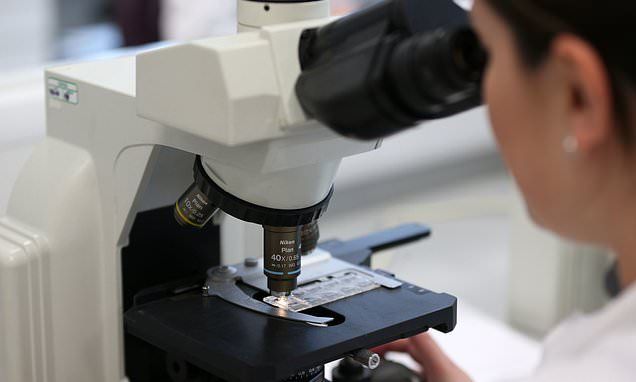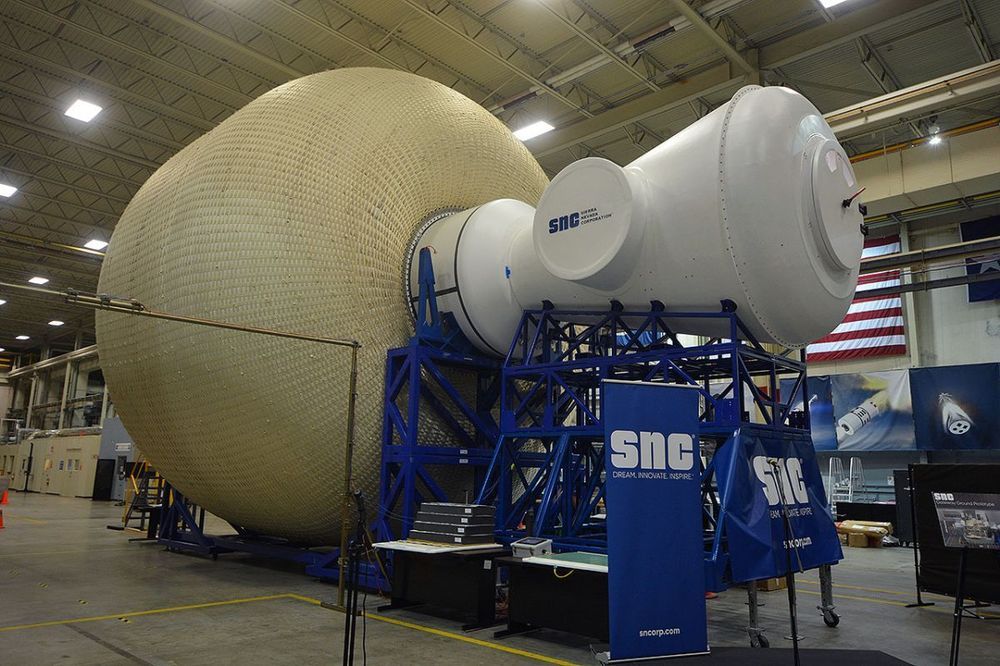Aug 23, 2019
Intel Reveals Two New AI-Focused Chips at the Hot Chips Conference
Posted by Omuterema Akhahenda in category: robotics/AI
In a bid to accelerate training and inferences taken from artificial intelligence (AI) models, Intel has unveiled its two new processors. These two chips are part of its Nervana Neural Network Processor (NNP) selection.
The AI-focused chips will be called Spring Crest and Spring Hill, as they were disclosed on Tuesday at the Hot Chips Conference, held in Palo Alto, California.
The Hot Chips Conference is an annual tech symposium held annually in August.






 Last year, Pentagon mad science arm DARPA was working on one of its wildest projects yet: a microchip-sized nuclear reactor. The program is now officially done, the agency says. But these sorts of far-out projects have a habit of being reemerging under new managers and new names.
Last year, Pentagon mad science arm DARPA was working on one of its wildest projects yet: a microchip-sized nuclear reactor. The program is now officially done, the agency says. But these sorts of far-out projects have a habit of being reemerging under new managers and new names.










